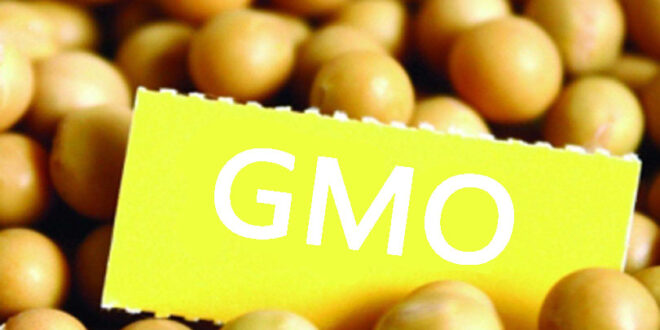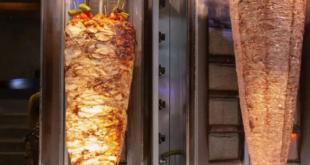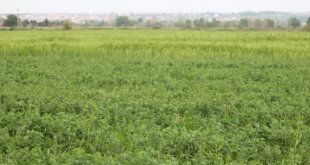The European Commission has officially proposed to loosen rules on certain new genetic techniques (NGTs), paving the way for gene-edited crops to be found on EU citizens’ plates in the near future.
The Commission’s long-awaited proposal on new genetic techniques (NGTs) was presented on Wednesday (5 July) as part of its ‘Sustainable use of natural resources’ package, designed to strengthen the resilience of EU food systems and farming.
NGTs – or gene editing, as it is also known – describe a number of new scientific methods used to alter genomes with the aim of genetically engineering certain traits into plants. This includes pest resistance, which researchers hope can lower the amount of pesticides used.
“Farmers and breeders need access to state-of-the-art innovation,” a Commission press statement reads, stressing that NGTs are “innovative tools that help increase the sustainability and resilience of our food system”.

For Commission Vice President Frans Timmermans – who is charged with the implementation of EU’s flagship environmental policy, the Green Deal – gene editing is a key part of the package needed to ensure a healthier environment for future generations.
“Let me be clear that if we want to be serious about preserving our planet for future generations if we want to be good ancestors, there can be no cherry-picking,” he said.
What does this mean in practice?
Concretely, the Commission proposes two pathways for future NGTs; one for plants that are deemed comparable to naturally occurring or conventional plants, and another with gene-edited plants with more ‘complex modifications’.
The two categories will be subject to different requirements to reach the market which take into account their “different characteristics and risk profiles”, according to the EU executive.

In practice, this means that while plants from the first category still need to be notified, they will otherwise be treated like their conventional counterparts.
Category 2 plants, on the other hand, will be subject to more stringent requirements as per the EU’s genetically modified organisms (GMO) directive, which dates back to 1999.
However, all NGT seeds across both categories will be subject to labelling requirements.
“The seeds must be labelled clearly to ensure our farmers can choose freely,” Timmermans said during a press conference on Wednesday.
More tolerance for herbicide tolerance
Ahead of the presentation, herbicide tolerance was considered one of the most contentious aspects to deal with in shaping the framework for these technologies.
This aspect addresses crops genetically engineered for resistance to chemical herbicides, often resulting in increased use of pesticides.
In a previously leaked draft of the proposal, the herbicide tolerance trait was automatically placed in category 2. However, this reference was removed in the final text of the proposal.

Asked about this change, a Commission official said that from the EU executive’s view, the trait is not “in and of itself a bad thing” as it can also lead to reduced tillage, thus contributing to soil health.
Additionally, it was decided that herbicide resistance is “not just an issue for the new genomic techniques”, but also for conventionally-bred plants.
As such, the matter has been dealt with under a separate proposal on seeds, which includes additional conditions, such as obligations on crop rotation, to treat the trait in a ‘holistic’ manner.
Legal framework unchanged
Despite the new proposal, the overarching legal framework – the EU’s 1999 GMO Directive, which governs genetic technology – remains unchanged.
“We keep the same legal basis as we used today for the GMO legislation,” a Commission official explained, adding that these products obtained with new genomic techniques “are GMOs”.
“They fall under the definition of GMOs, we are not changing that,” the official said, explaining that this regulation is a ‘tailored framework’ for these products which “largely rely[ies] on the current architecture of the GMO framework”.
Instead, the proposal allows the Commission to do “small adaptations,” the official explained. In this way, the proposal “build[s] on the existing GMO legislation”, a second official added.
By Natasha Foote,

Source: euractiv.com
 THE GLOBAL WINDOW OF TURKISH FOOD AND AGRICULTURE The Global Window of Turkish Food and Agriculture Sector
THE GLOBAL WINDOW OF TURKISH FOOD AND AGRICULTURE The Global Window of Turkish Food and Agriculture Sector









